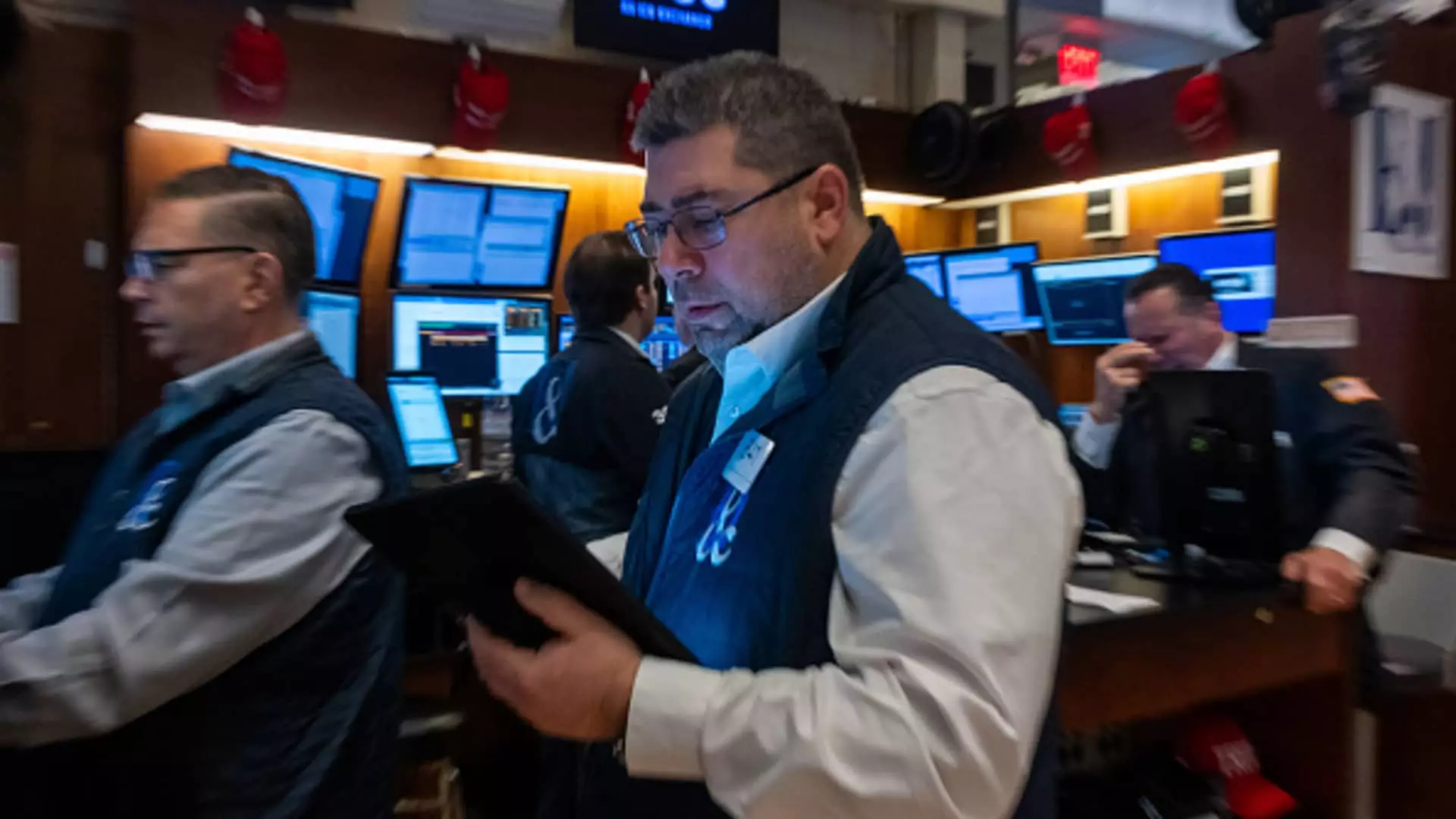In recent years, the financial landscape has witnessed a remarkable rise in the trading activity surrounding leveraged and inverse exchange-traded funds (ETFs). These financial instruments are designed to enable investors to make pronounced bets in the stock market, catering to both bullish and bearish sentiments. The underlying appeal lies in their ability to amplify returns—expanding the potential for significantly larger gains than traditional ETF structures. However, this comes with inherent risks and complexities that investors must navigate carefully.
Leveraged ETFs are constructed to provide multiples of the daily returns of a specific index. For instance, a 2x leveraged ETF aims for a return of twice the daily performance of its benchmark. Conversely, inverse ETFs seek to capitalize on market declines by delivering the opposite return of their respective indices. Bullish investors are evidently comfortable taking these positions; as a result, the market for these products has expanded significantly, now a crucial component of overall trading volume.
The surge in the utilization of leveraged and inverse ETFs cannot be divorced from the current speculative behavior dominating the trading environment. As outlined by financial experts, an increasing number of investors are flocking to options trading, cryptocurrencies like Bitcoin, and various other speculative assets. This phenomenon has prompted a heightened interest in ETFs that allow for short-term trading strategies. Douglas Yones, CEO of Direxion, highlights this trend, suggesting that rapid market movements are leading more investors to leverage these products as they actively pursue aggressive investment strategies.
Market conditions also play a critical role, as prolonged bullish trends in stock prices have increased overall investor confidence and appetite for risk. The burgeoning segment of leveraged and inverse ETFs reflects not only the growing asset base of the ETF market but also signifies how investors are adapting their strategies to capture fleeting opportunities.
Since the inception of leveraged and inverse ETFs in the U.S. in 2006, their evolution has been remarkable, particularly with the introduction of single-stock options in 2022. Investment figures reveal that significant assets are now being directed toward single-stock leveraged ETFs, such as those tied to technology heavyweights like Tesla and Nvidia. This marks a broader trend, particularly among younger traders who view these instruments as tools for bold financial gains—with many transactions occurring at their fingertips through mobile trading applications.
Many analysts argue that this generational shift contributes to the broader landscape of investment culture. The accessibility and low barriers to entry for trading these products attract younger investors who are familiar with digital finance and inclined to experiment with more complex trading strategies.
Despite the allure of amplified returns, understanding the risks associated with leveraged and inverse ETFs is essential. One key aspect that often confounds traders is the daily reset mechanism. Leveraged ETFs aim to achieve their target multiples based solely on daily performance, which means that over time, results can deviate significantly from expected returns if held longer than a single day.
For example, a two-day scenario where a portfolio rises 10% one day and then falls 10% the next could lead to misleading conclusions about returns when leveraged products are involved. Retail investors holding these products must recognize that compounding effects can work against them, leading to outcomes less favorable than anticipated. This emphasizes that leveraged and inverse ETFs are not suitable for traditional buy-and-hold strategies—investors should employ them with a clear understanding of the peculiar risks involved.
As leveraged and inverse ETFs gain traction, regulatory scrutiny is likely to follow suit. Authorities may become increasingly interested in how these products impact market volatility and the investment behavior of inexperienced traders. With many retail investors actively using these instruments, it raises concerns over financial literacy and the understanding of inherent risks.
As the market factors in the influence of regulatory shifts, the role of leveraged and inverse ETFs may evolve. Ultimately, while these products provide opportunities for significant short-term profits, they also necessitate vigilance and informed decision-making. Traders must be proactive about educating themselves and recognizing the potential pitfalls that accompany aggressive trading strategies.
The rapid rise of leveraged and inverse ETFs emphasizes the complex interplay between market trends, investor behavior, and financial accessibility. As this phenomenon continues to shape the investment landscape, it becomes imperative for participants to remain informed, exercise caution, and strategically plan their market engagements.

